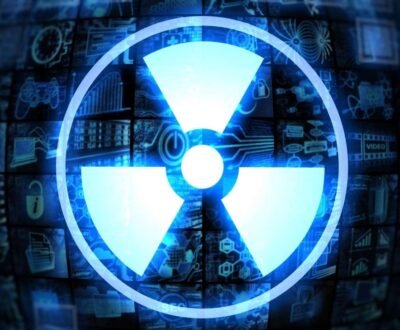Improvements in hardware and software have facilitated the realization of clinically practicable manifold approach in the depiction of disordered physiological processes associated with disease or injury of tissues. Previous efforts concerning the depiction of several modes of malignancy have concentrated attention on the incorporation of anatomical and purposeful characteristics such as PET – CT (Positron Emission Tomography – Computed Tomography) and single-photon emission CT (SPECT-CT) – in which two different kinds of scans are taken and the images from each other are fused together. More contemporary developments and application software programs have implicated the combination of several quantitative, purposeful measurements such as:
- Multiple PET tracers
- Varied MRI contrast mechanisms
- PET – MRI
The vast amount of quantitative statistics generated by various research studies is starting to put forward an exclusive understanding regarding the likelihood of increasing more and more opportunities for patients. During recent years, the know-how for both PET/CT and MRI has progressed gradually, resulting in improved quality of image, forcefulness and swiftness of achievement. By making available collective metabolic and morphological information, PET/CT has considerably improved diagnostic and predictive information in Breast malignancy and Head and neck squamous cell carcinoma and in so doing has made possible the management of patients.
Clinical Magnetic Resonance Imaging has developed towards potency of higher field (3 Tesla) quicker sequences, imaging of the entire body as well as purposeful imaging potentials, counting Diffusion Weighted MRI and perfusion scanning. In view of the reality that information provided by PET/CT and MRI is harmonizing in many clinical situations, it seems to make sense to mingle the two modalities.
From a technical perspective, the integration of PET with MRI in one imaging system has proven to be quite complicated. Effectiveness of hybrid PET/MRI systems remains insufficient, and it seems difficult to gauge where PET/MRI may be preferable over PET/CT, DW MRI or the combination of these two powerful modal qualities. Though joint PET/MR imaging systems have become tradingly reachable for quantifiable use yet the exact clinical applications of this fusion imaging modality remains indistinct. Given that PET/MR and PET/CT do the same in the clinical setting of imaging that has to do with malignancy, currently there is a dire need to establish the specific clinical situations in which PET/MR may have an undeniable diagnostic advantage over PET/CT which is effective or productive in relation to its cost.
About us and this blog
We are a teleradiology service provider with a focus on helping our customers to repor their radiology studies. This blog brings you information about latest happenings in the medical radiology technology and practices.
Request a free quote
We offer professional teleradiology services that help hospitals and imaging centers to report their radiology cases on time with atmost quality.
Subscribe to our newsletter!
More from our blog
See all postsRecent Posts
- Understanding the Challenges of Teleradiology in India January 19, 2023
- Benefits of Teleradiology for Medical Practices January 16, 2023
- Digital Transformation of Radiology January 2, 2023









